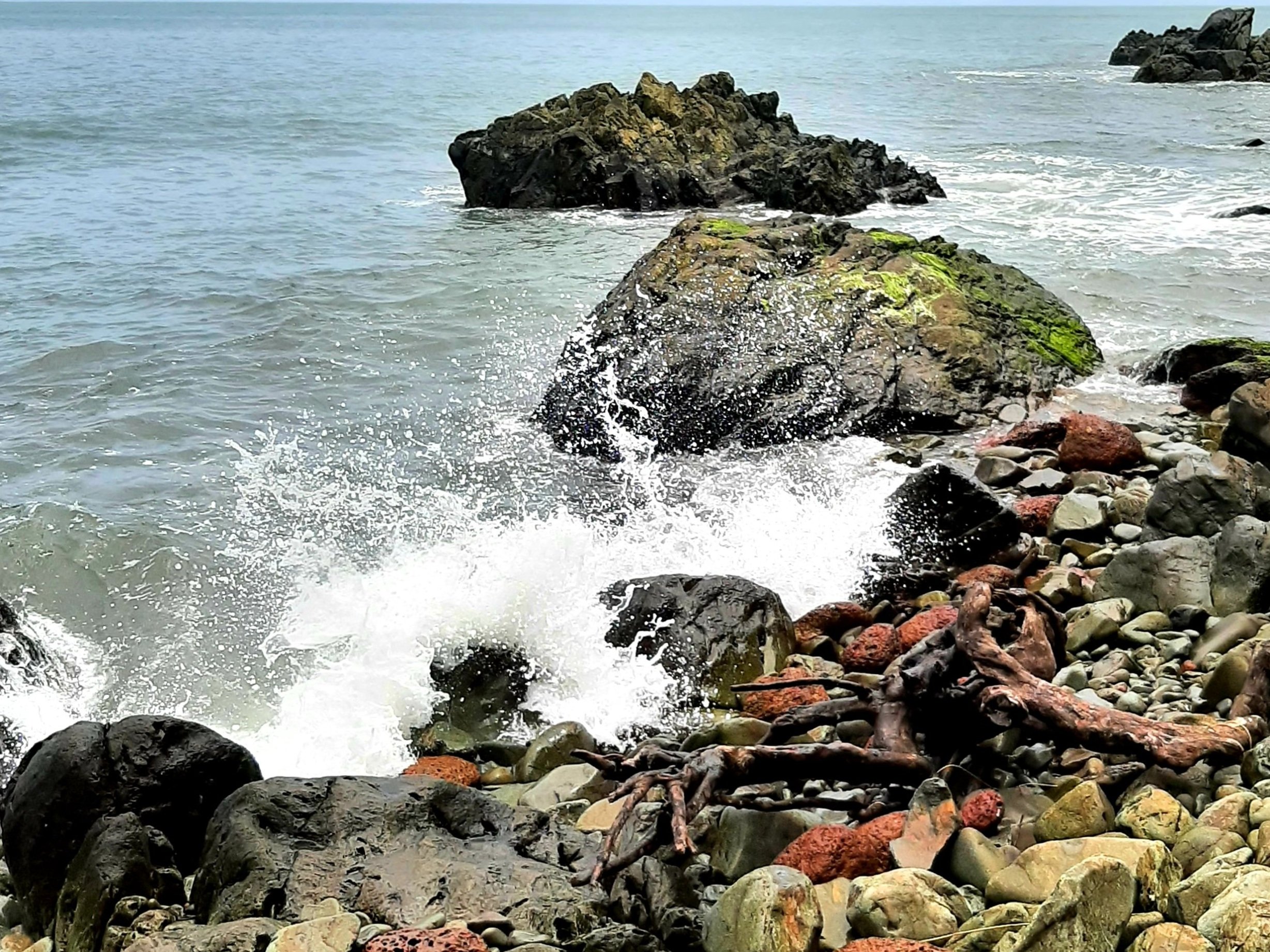
Born in India, and passionate about ancient Indian art, Freeda studied archaeology at St. Xavier’s College, Mumbai.
She discovered ceramics in Paris, where she is installed since 2008, under the tutorship of Kayoko Hayasaki and Anne-Claire Martin.
Resident ceramist at the Cavin-Morris Gallery (NYC) and Galerie Louis & Sack (Paris), she directs her research towards forms and textures that evoke her interest in time worn patinas. Her work is inspired by the oxidation of antique metals and the erosion of mineral structures.
My childhood summer vacations were spent in a coastal village in southwestern India, situated upon the ancient igneous rocks of the Deccan Plateau. Houses and boundaries are built with this telluric, eroded material, and echo the earth from which they came. Rough, and textured with a blackish-brown patina, these rocky structures unconsciously were ingrained in my young mind.
After I completed my Master's in Ancient Indian Culture (encompassing archaeology and ancient temple architecture, amongst other subjects), I travelled to various archaeological sites in India, including Hampi, Ajanta & Ellora, Halebid, Mahaballipuram, Udaigiri and Ratnagiri, each of which further cemented my combined interest in archaeology and mineral structures. Exposure to ancient Indian bronze sculptures and primitive wooden masks further augmented my occupation with that which is connected to the earth, endures history, and is transformed over time through natural forces.
Frequent travel to Australia for work introduced me to its varied landscapes, from the rugged cliffs of the Blue Mountains to the eroded organic structures of the Kuranda Rainforest and the remarkable rock formations on Kangaroo Island.
Now living my life in France, the Alps have deepened this mine of inspiration for geological textures and forms, mirrored in the grandeur of the mountains. This in turn nurtures the living pulse of my ceramic endeavors, nourishing their mineral and patinated veneers.